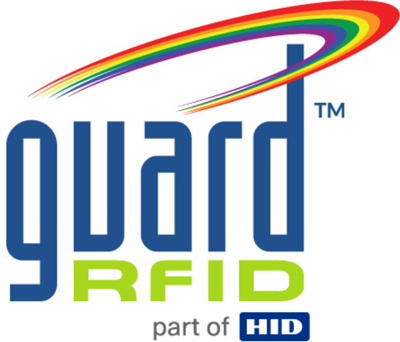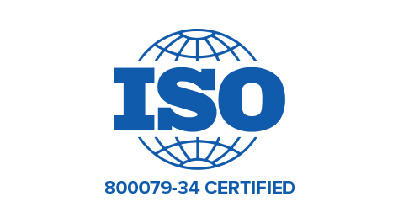Violence should never be part of the job. Yet for far too long, health care workers and nurses have been subject to unacceptable physical, verbal or sexual assault in the workplace. Now, health care professionals and those who assist them are one step closer in receiving greater protections at work.
On December 17, 2021, the Canadian federal government passed Bill C-3, which amends the Criminal Code of Canada to include Intimidation and obstructing access offences and Aggravating sentencing factors. The first amendment is designed to protect health care workers and those seeking health care services from any intimidating conduct. This could include threats which are meant to provoke fear, interfering with a healthcare worker’s duties, or preventing a person from accessing health care services.
The second amendment demands that courts recognize aggravating factors at sentencing, and to consider harsher penalties for offenders who commit violence against health care workers. The new offences referenced in the bill carry a maximum sentence of 10 years, and the amendments bring the legal protections of health care workers in line with other sectors, such as transit workers and police officers.
Health care workers applaud the legislation
The President of the Canadian Medical Association (CMA), Dr. Katherine Smart, and the President of the Canadian Federation of Nurses Unions (CFNU) praised the changes to legislation. At a press conference, Smart noted that “Preliminary results from our 2021 national physician health survey suggested that three out of four physicians have experienced intimidation, bullying and harassment in the workplace. And one in three say that this happens regularly.”
In a CFNU press release, Linda Silas stated “Nurses’ unions are pleased that the government is committing to tackling rampant violence against health care workers with the introduction of Bill C-3. This is an essential measure that responds to longstanding calls for our federal leaders to step up and recognize the serious risks of assault and injury that health care workers face on the job.”
Factors that contribute to violence
Although the COVID-19 health crisis has increased violence and intimidation against health care workers—as seen in anti-vaccine protests outside hospitals—the implementation of Bill C-3 comes as one response to the federal government’s nine recommendations made in the 2019 study Violence Facing Health Care Workers in Canada. The wide-reaching study looked at causal factors that contribute to violence in health care settings, which include: shortages in staffing; complex patient needs; aging infrastructure; and inadequate security personnel and safety response systems.
It is hoped that the amendments to Bill C-3—and the legislation that allows for greater penalties against offenders—will serve as a deterrent of deliberate violence against health care workers, doctors, and nurses.
Using technological solutions to deter violence
To help enact Bill C-3in a healthcare setting to protect healthcare staff, there are technological solutions that can be implemented now. If a nurse, doctor, or other health care worker experiences a threat to their safety or violence, staff safety systems give workers the capability to call for help.
The GuardRFID real-time location systems (RTLS) solution enables health care staff who are threatened to call for assistance by pressing a button on a discrete tag. ID badge-style personal tags are designed for both comfort and system adoption.
RTLS solutions also provide accurate, real-time visibility on the location of the staff member, so that security can be dispatched to help immediately. If a tag call button is pressed, the tag communicates with GuardRFID infrastructure in real-time to facilitate staff location and raises alerts in the AllGuard® software. Staff are also able to communicate that assistance is on the way, which can help de-escalate an unsafe situation.
Duress alarm messaging can be configured to meet the organization’s preferred communication protocols. For example, a notification can be sent to authorized personnel such as security. And, various messaging options are possible, such as the activation of workstation alarms, email, mobile alerts, or voice messaging. The system can also be configured to activate event video recording to help prosecute violent perpetrators.
As the health care impacts of the pandemic continue, the legislative changes and action on the study’s nine recommendations will come as a relief to health care professionals struggling within an overwhelmed health care system.



